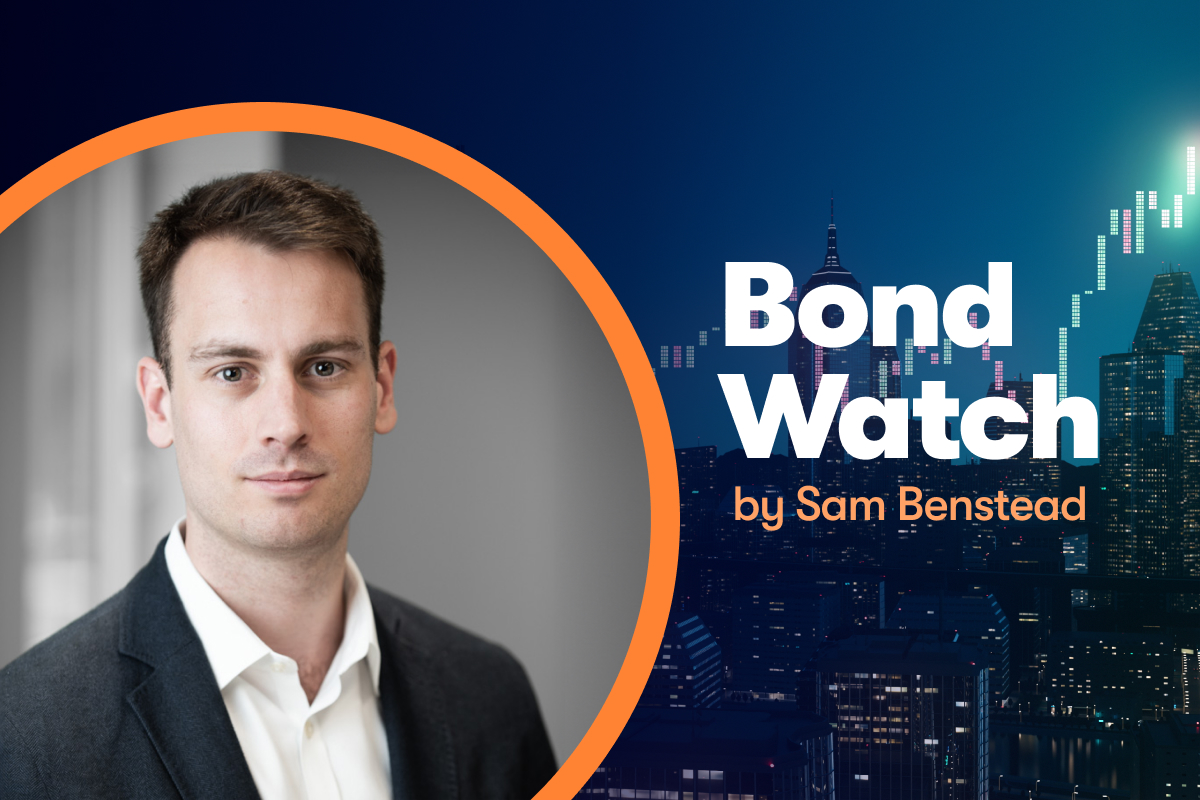Bond Watch: the most-popular bond funds this year
Sam Benstead breaks down the latest news affecting bond investors.
25th July 2025 10:24

While being popular does not guarantee superior future performance, it is an interesting exercise to see which strategies have attracted the most cash.
Research from FE Analytics and Trustnet shows that more than 10 bond funds attracted more than £100 million in assets in the first six months of the year.
- Invest with ii: SIPP Account | Stocks & Shares ISA | See all Investment Accounts
In the Strategic Bond sector, where fund managers take a “go anywhere” approach to investing, the most-popular fund that’s available on the ii platform was L&G Strategic Bond, which attracted £185 million in assets and is now at more than £1 billion in total assets.
The other funds with big inflows in this sector were Artemis Short-Duration Strategic Bond, Dimensional Sterling Short Duration Real Return and Aegon Strategic Bond.
- Should you invest when markets are at all-time highs?
- Why UK dividends are falling this year
- Investing in themes: what investors need to know
In the Sterling Corporate Bond Sector, where fund managers invest solely in bonds denominated in pound sterling, the most-popular funds were BNY Mellon Responsible Horizons UK Corporate Bond, Man Sterling Corporate Bond, BlackRock Sterling Short Duration Credit and M&G Short Dated Corporate Bond.
An interesting theme across the Strategic and Sterling bond fund sectors is that investors are turning to funds that invest in short-duration bonds. Bonds with short duration are less sensitive to changes in interest rates – meaning that their prices won’t fall much if interest rates rise. On the other hand, prices will not rise as much as regular bonds if interest rates fall.
They are therefore a defensive part of the bond market, best used as a low-volatility income generator than an asset that may grow in value, such as if there is a recession and rates fall.
In the High Yield bond sector, the most popular funds were CT High Yield Bond, Baillie Gifford High Yield, Aegon High Yield Bond and Invesco High Yield.
High-yield bond funds invest in bonds where the default risk is higher, but the yields are greater to compensate investors. They can trade more like equities, with the health of the economy seen as a key factor in whether the bonds will default. They also tend to have shorter life spans than investment-grade bonds, so the interest rate risk is lower.
- Benstead on Bonds: gilts and the pension time bomb
- Sign up to our free newsletter for investment ideas, latest news and award-winning analysis
- Bond Watch: ‘stagflation spectre’ haunts gilts
Finally, passive funds dominated the list of most-popular Global bond funds, with iShares Overseas Government Bond Index, abrdn Global Inflation-Linked Bond Tracker and Fidelity Index Global Government Bond proving the most popular.
Passive bond funds allocate more money to the most indebted issuers, countries or companies, meaning that some investors view them as a risky way of adding bonds to a portfolio. However, performance has generally been similar to the average return on a similar actively managed fund.
Vanguard Global Bond Index £ Hedged is the preferred global passive option for our fund research team.
These articles are provided for information purposes only. Occasionally, an opinion about whether to buy or sell a specific investment may be provided by third parties. The content is not intended to be a personal recommendation to buy or sell any financial instrument or product, or to adopt any investment strategy as it is not provided based on an assessment of your investing knowledge and experience, your financial situation or your investment objectives. The value of your investments, and the income derived from them, may go down as well as up. You may not get back all the money that you invest. The investments referred to in this article may not be suitable for all investors, and if in doubt, an investor should seek advice from a qualified investment adviser.
Full performance can be found on the company or index summary page on the interactive investor website. Simply click on the company's or index name highlighted in the article.
Editor's Picks